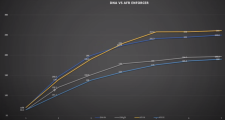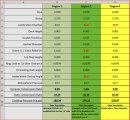"Grumpys" corvette had the cam installed retarded from the common dot to dot instal TDC to strait up, and had aluminum heads, I was running about a 14,7:1fuel/air ratio at idle that progressively got richer as rpms climbed , it ran about 13.5:1 fuel/air ratio over 2500 rpm that dropped to about a 13:1 fuel/air ratio by about 4500 rpm, and had much larger that stock fuel injectors and a much better fuel pump and fuel pressure regulator, add, I used a mildly modified HOLLEY 890-160 distributor and CPU programing
a HUGE oil cooler and a trans fluid cooler, and a huge radiator and I was running premium octane fuel, and a custom ignition advance curve
and I frequently added octane boosters to the tank
so that's not particularly comparable
a HUGE oil cooler and a trans fluid cooler, and a huge radiator and I was running premium octane fuel, and a custom ignition advance curve
and I frequently added octane boosters to the tank
so that's not particularly comparable
Last edited:

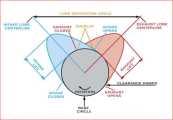
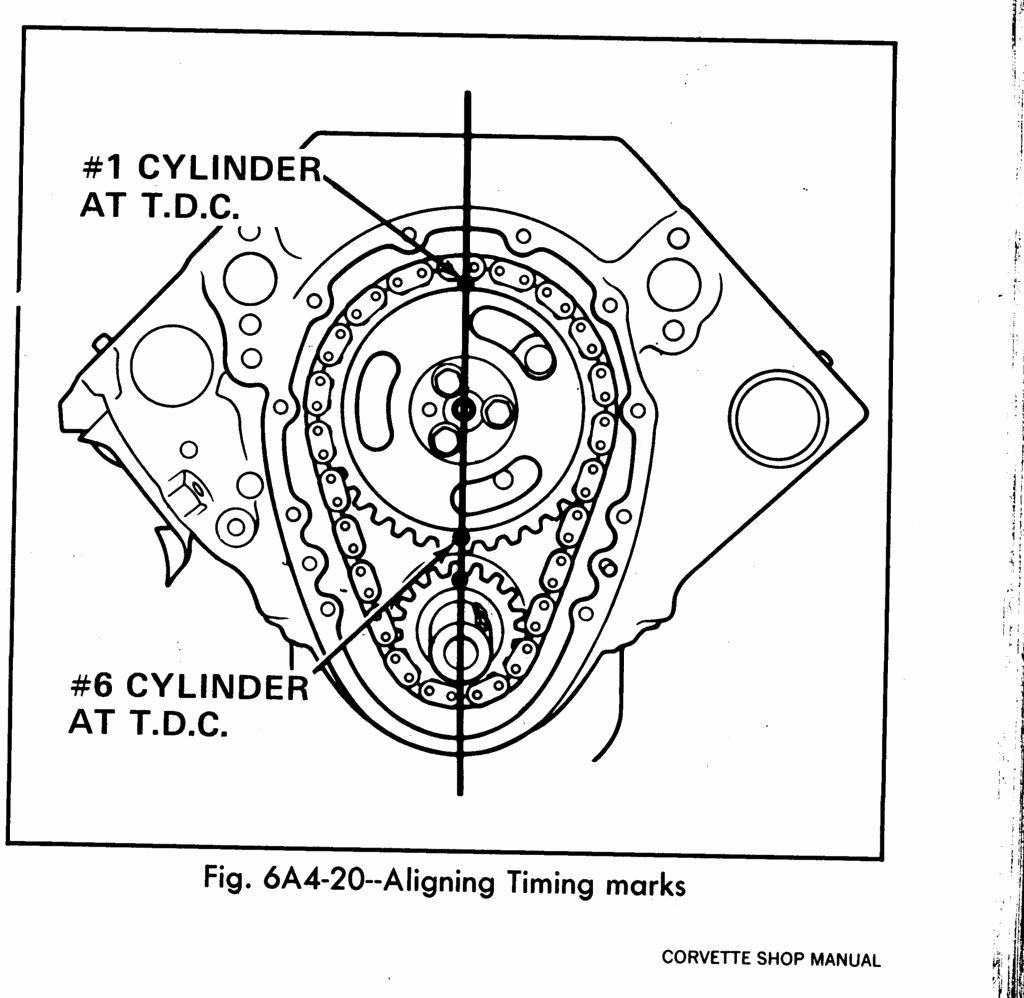
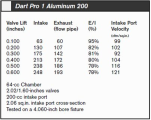






 .
.